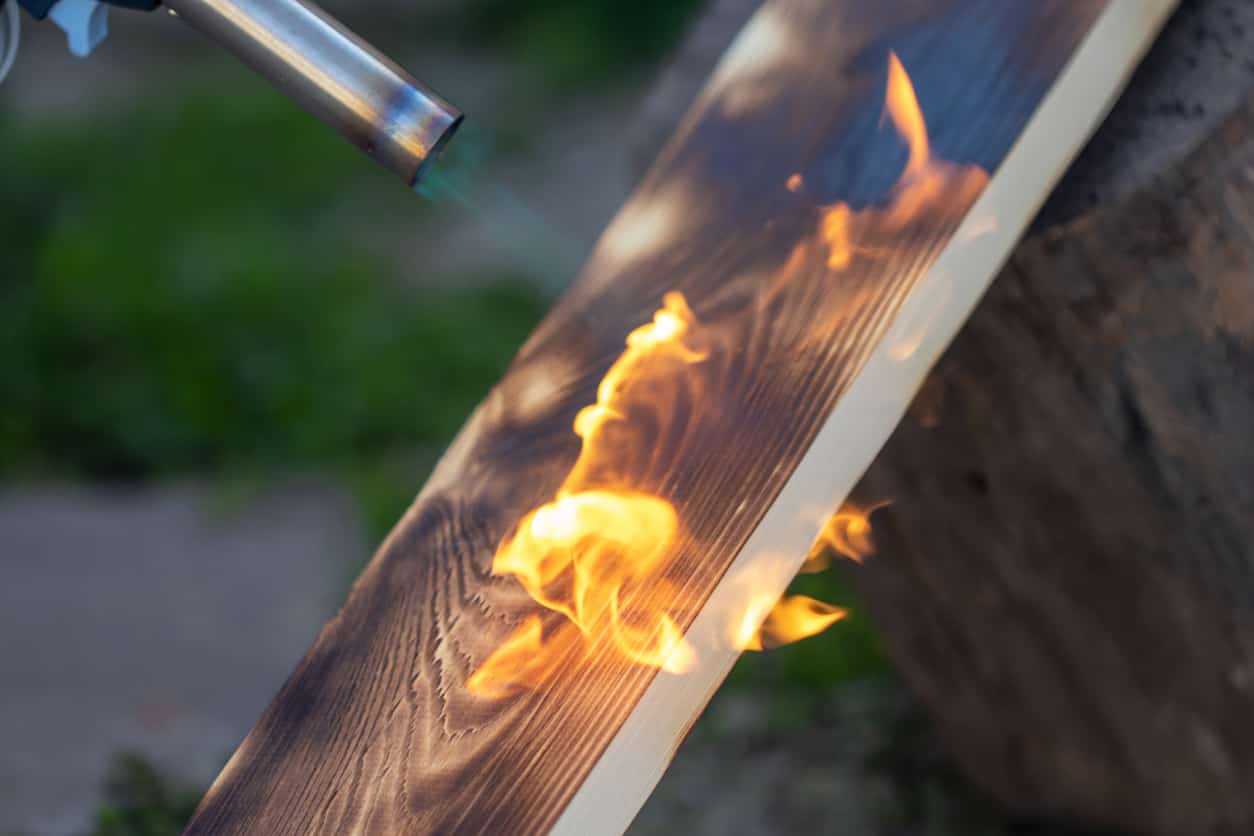Choosing the right fire-rated materials for your project is critical for ensuring safety and compliance with building regulations. Start by assessing the local fire safety codes and regulations applicable to your region. Consider the specific requirements of your project, such as the type of structure, its intended use, and the environmental conditions it will face.
Next, you’ll want to evaluate the fire ratings of materials based on recognised standards such as Euroclass classifications or local equivalents. Understand the material’s composition, whether it’s pressure-treated wood, composite decking, or cladding made of fibre cement or metal. Look for certifications from reputable testing agencies, ensuring that the chosen materials meet or exceed fire safety standards.
You’ll also want to consider the aesthetic and functional aspects of the materials, keeping in mind your design preferences and project goals. Seek materials that strike a balance between fire resistance, durability, and visual appeal.
Finally, engage with knowledgeable suppliers and consult with professionals in the field to make informed decisions tailored to your project’s unique requirements.
Here at Gripsure, we have almost 20 years of experience helping our customers create beautiful and safe spaces using decking and cladding materials. We’re committed to continuously improving how we operate and are always seeking to achieve the highest environmental, ethical and safety standards. If you’re looking for guidance on fire-rated decking and cladding materials for your next building project, feel free to drop our team a message – we’d love to help!
